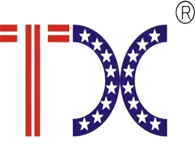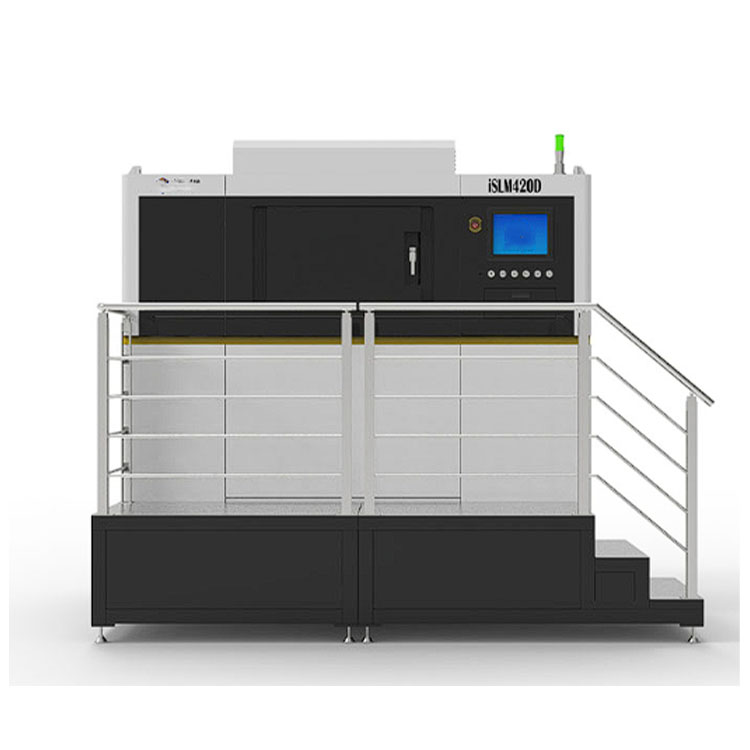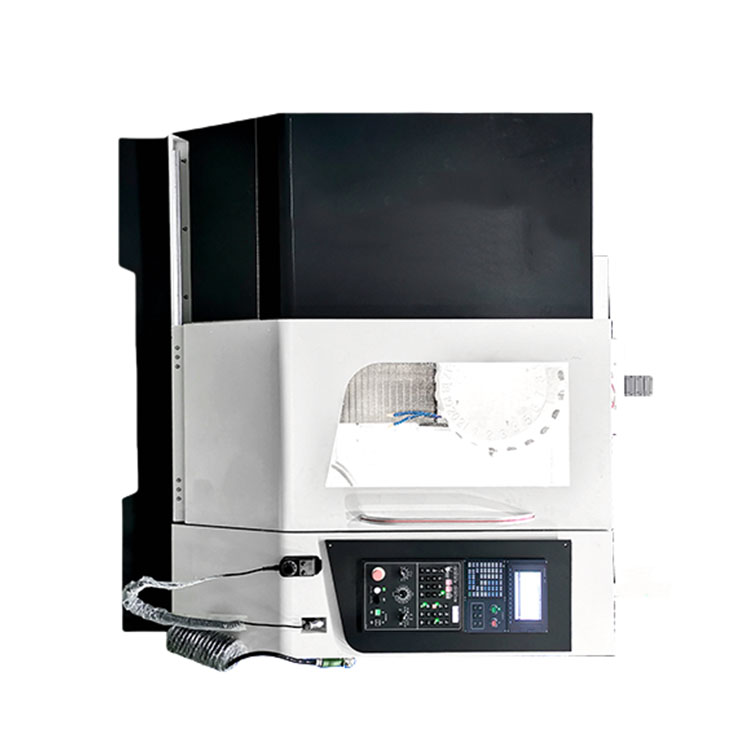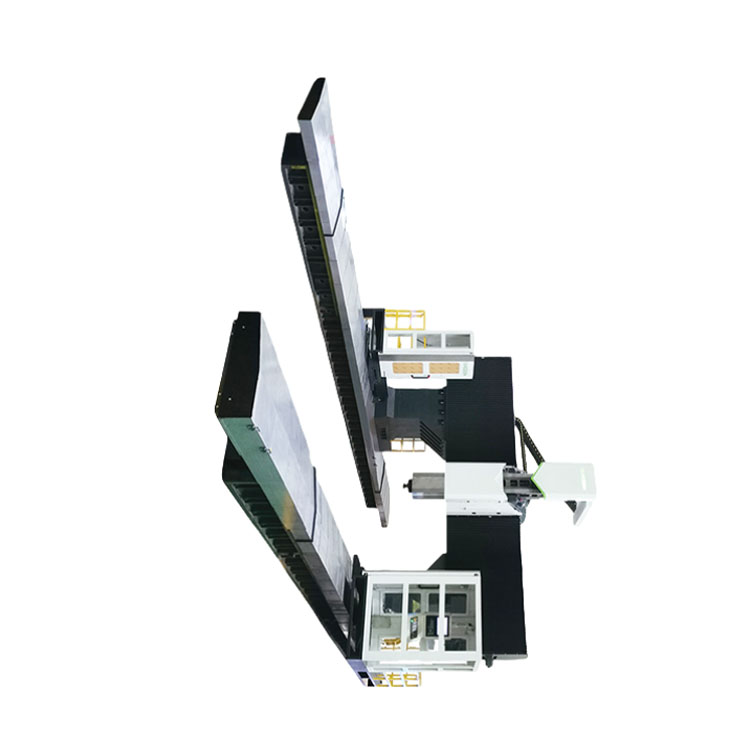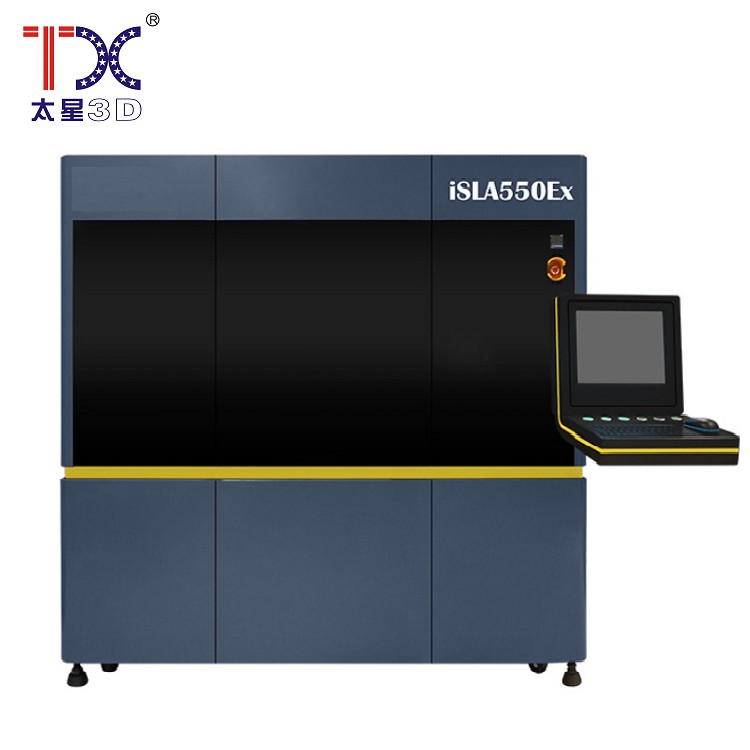
FDM Pulling (modeling by layer-by-layer)
FDM Pulling (modeling by layer-by-layer)
FDM printing is one of the most common and affordable 3D printing technologies. It is based on the principle of layer -by -layer fuse of molten material. Imagine how you build a house, but instead of bricks you use thin layers of plastic that form parts. This is FDM-priest.
How does FDM printing work?
The process begins with a 3D model created on a computer. This model is divided into many thin transverse layers, like thin slices. Then, a special extruder (reminiscent of a small plastic gun) heats the plastic material to a molten state. This molten plastic is squeezed through the nozzle of the extruder, a layer by a layer, on a special platform. Each subsequent layer is attached to the previous one, and thus, a three -dimensional part is gradually formed. The process resembles the creation of a voluminous image from many flat pictures, laying them on each other.
Advantages of FDM printing
One of the key advantages of FDM printing is its availability. To purchase the necessary components is not so expensive, which makes this technology available for a wide range of users - from lovers to professionals. Also, FDM prints allows you to create parts with relative simplicity, and its application is easy to master. Materials for FDM printing are quite diverse, which gives wide opportunities for experiments and creating various details. Simply put, this allows you to create practical things and prototypes, without requiring complex and expensive tools.
Disadvantages of FDM printing
However, the FDM printing has its drawbacks. The quality of the part may depend on the accuracy of the model and characteristics of the printer settings. The accuracy and smoothness of the surface, sometimes not as high as other 3D printing methods. The print speed can also be limited. But, in general, these shortcomings are not so significant as not to consider the FDM printing as a useful and convenient 3D printing method.
AppropriateProducts
Corresponding products
The best soldproducts
The best -selling products-
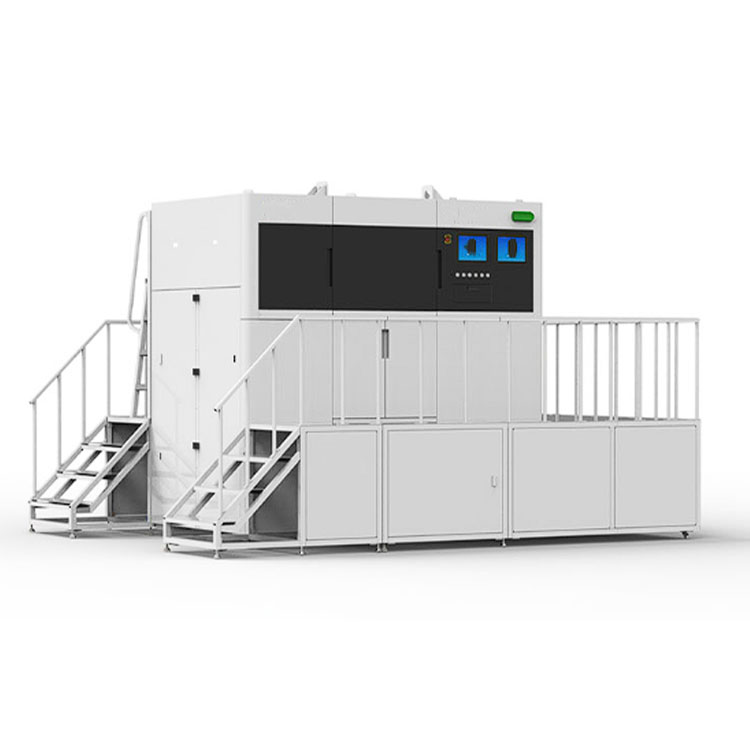 Taisin Metal 3D printer ISLM500D
Taisin Metal 3D printer ISLM500D -
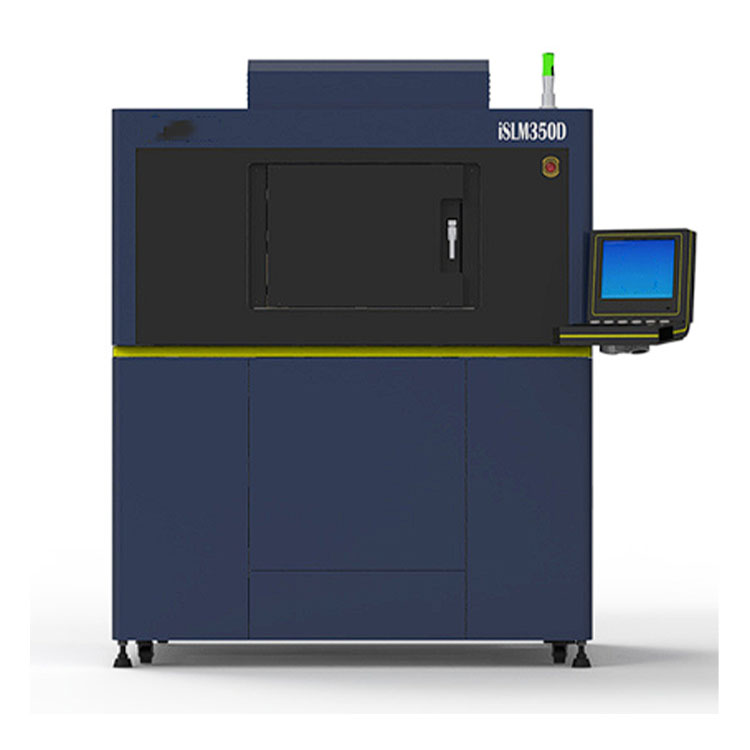 Taisin Metal 3D printer ISLM350D
Taisin Metal 3D printer ISLM350D -
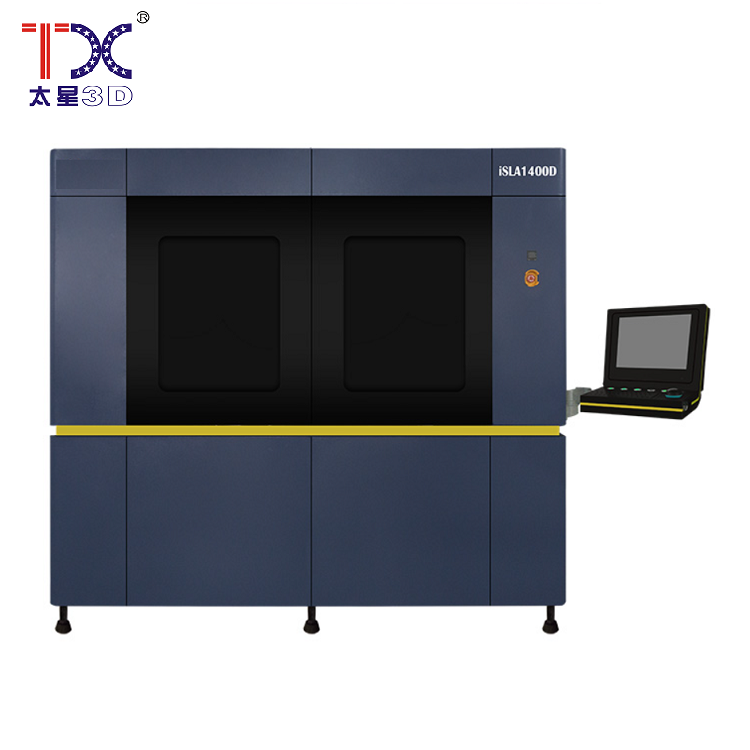 Taisin Light-adopted 3D printer SLA1300D
Taisin Light-adopted 3D printer SLA1300D -
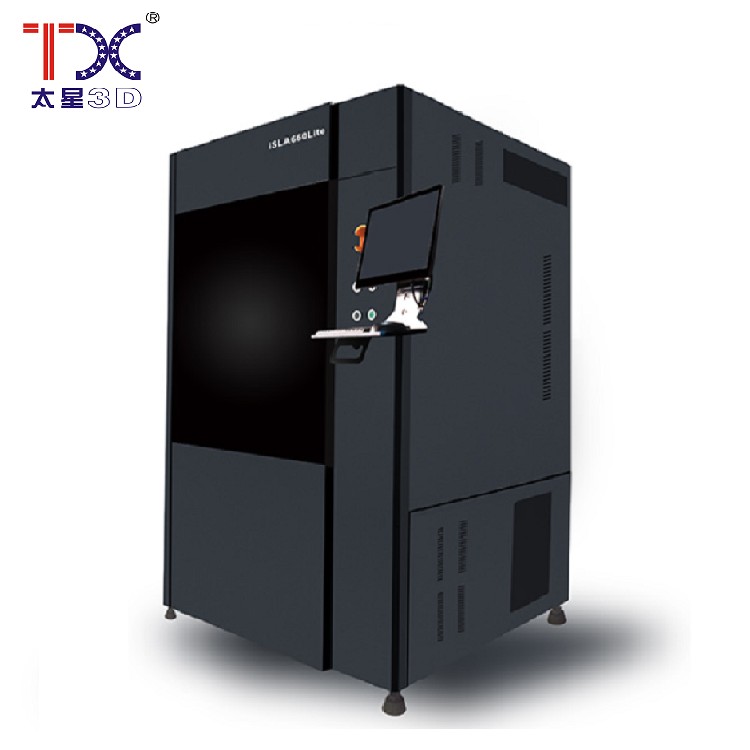 Taisin Light-adopted 3D printer SLA660Lite
Taisin Light-adopted 3D printer SLA660Lite -
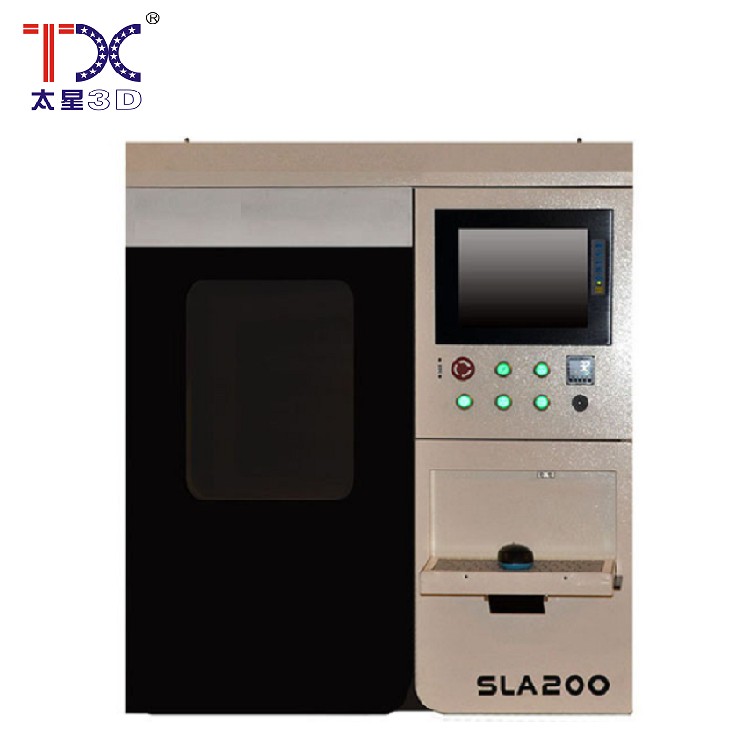 Taisin Light-adoptive 3D printer SLA200
Taisin Light-adoptive 3D printer SLA200 -
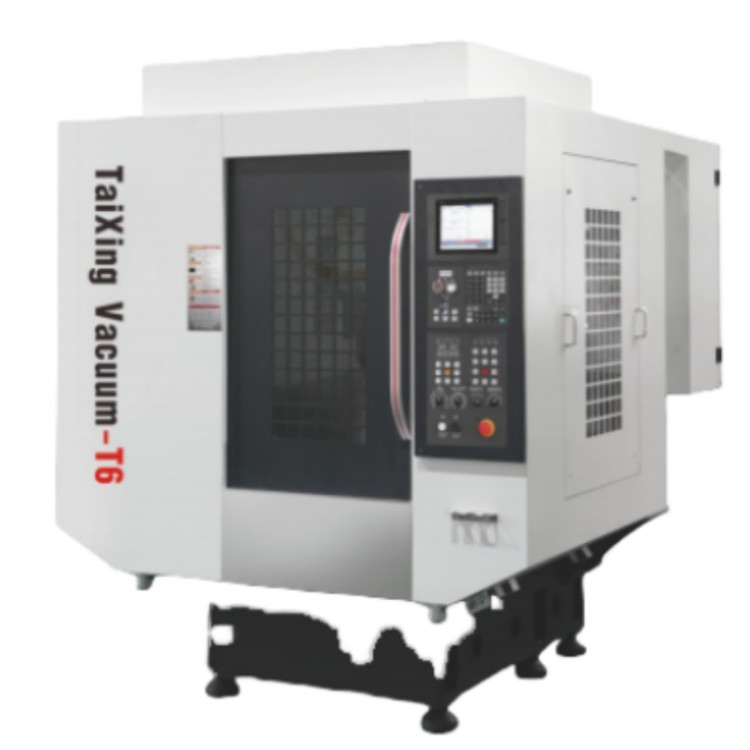 Taisin high-speed drilling and threaded machine TX-T6
Taisin high-speed drilling and threaded machine TX-T6 -
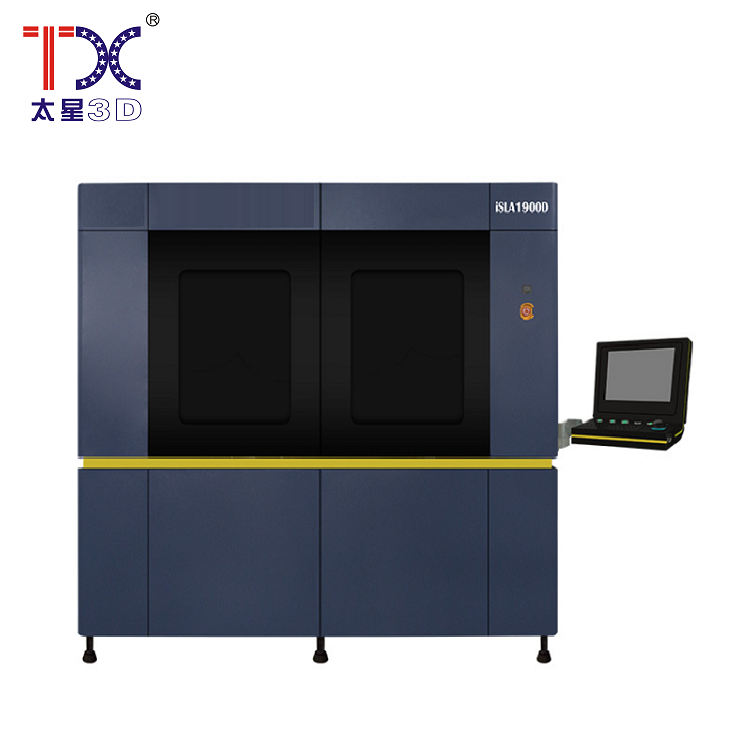 Taisin Light-adoptive 3D printer SLA1900D
Taisin Light-adoptive 3D printer SLA1900D -
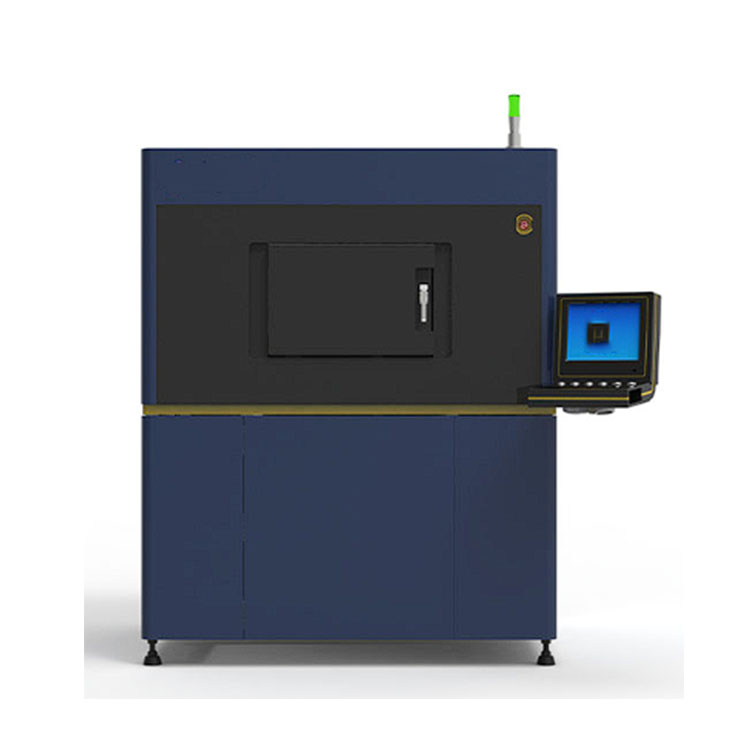 Taisin Metal 3D printer SLM280
Taisin Metal 3D printer SLM280 -
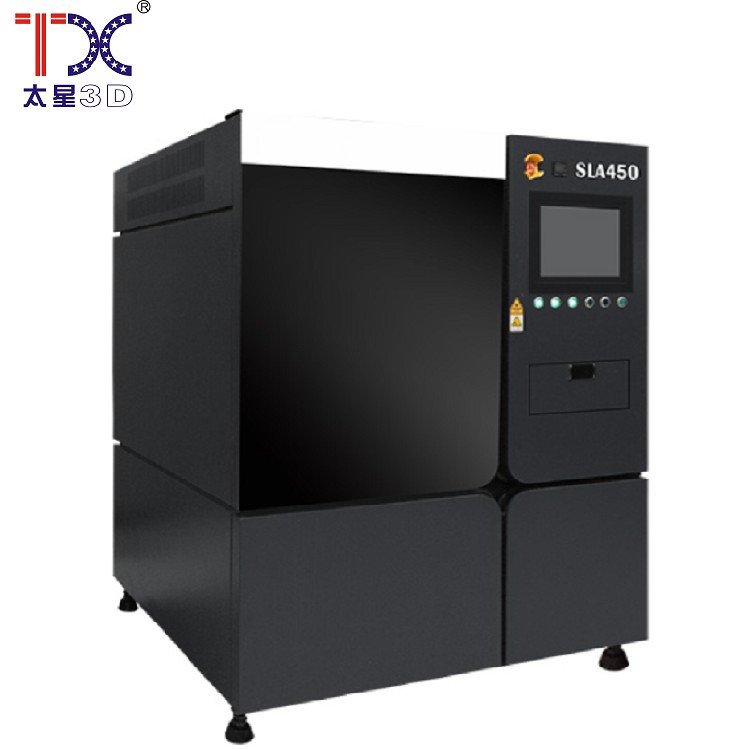 Taisin Light-adoptive 3D printer SLA450
Taisin Light-adoptive 3D printer SLA450 -
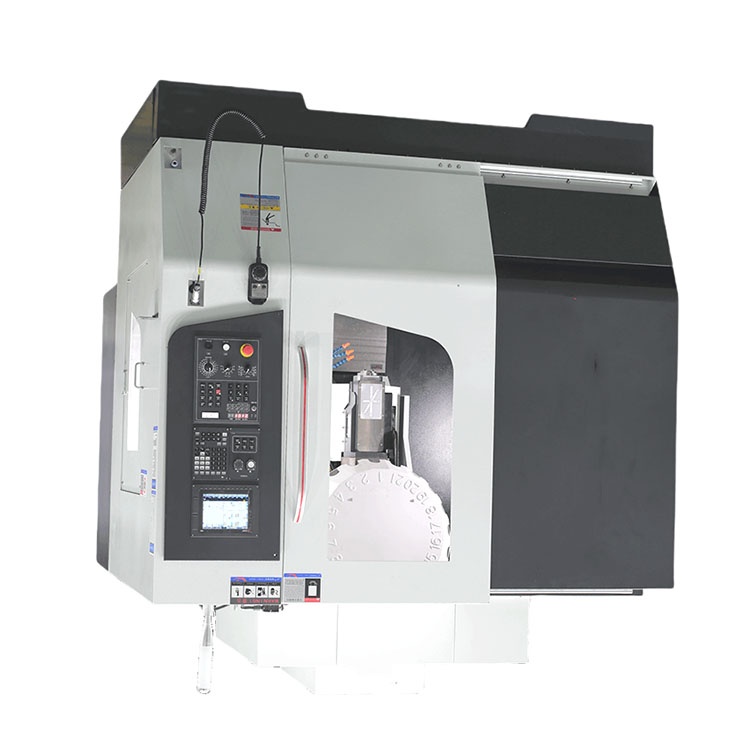 Taisin drilling and threaded-cutting machine with CNC TXT-700
Taisin drilling and threaded-cutting machine with CNC TXT-700 -
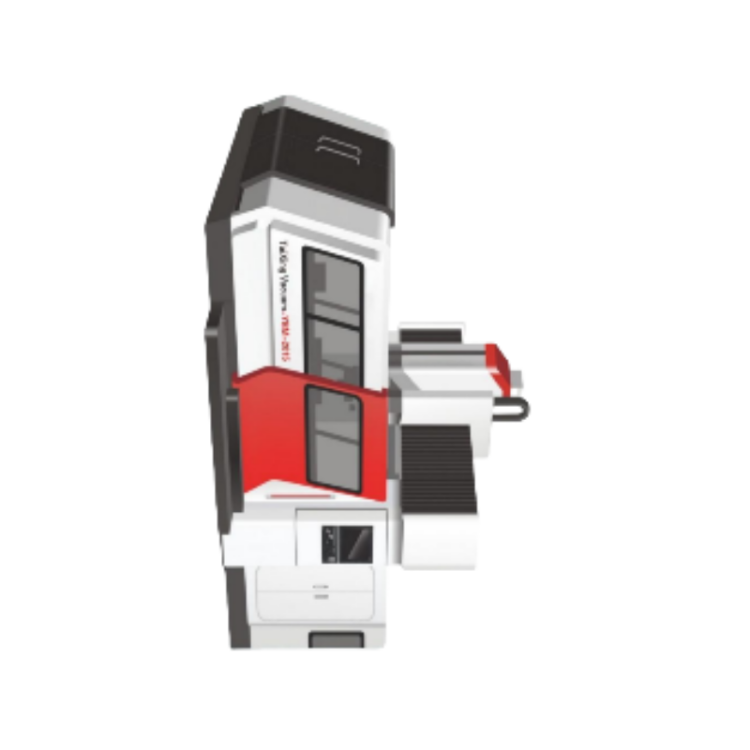 Taisin portal processing center YBM-2015
Taisin portal processing center YBM-2015 -
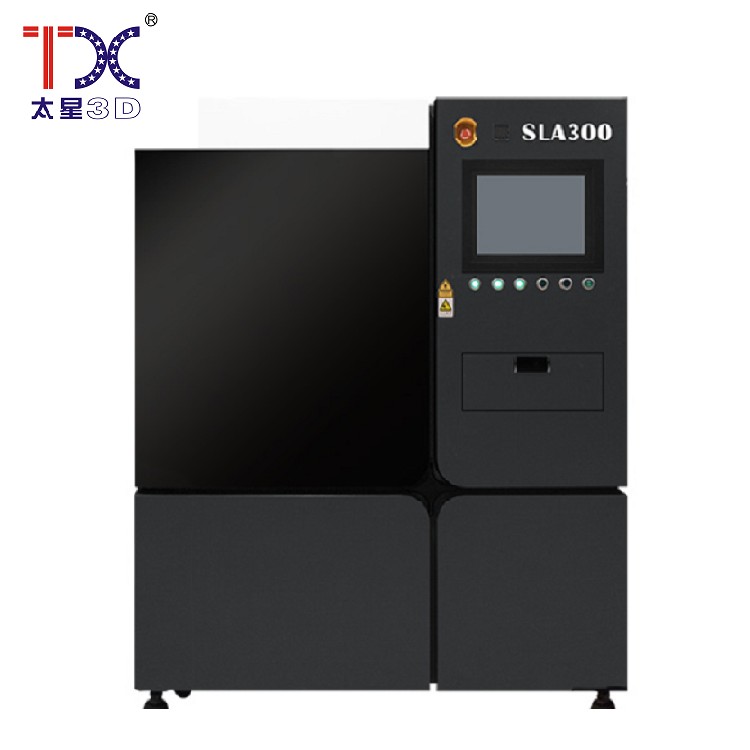 Taisin Light-adoptive 3D printer SLA300
Taisin Light-adoptive 3D printer SLA300
Connectedsearch
Related search- 3D scanning and printing factories in China
- Cheap 12 axes of the factory CNC
- Cheap suppliers of quick prototyping
- CNC axis
- OEM manufacturers of 5-axis machines
- Cheap 3D clothing printers
- TinkerCAD factories in China
- Elimination of 3D printing problems manufacturers in China
- China Factories of 5-axis processing centers with CNC
- Cheap industrial 3D printers factories
